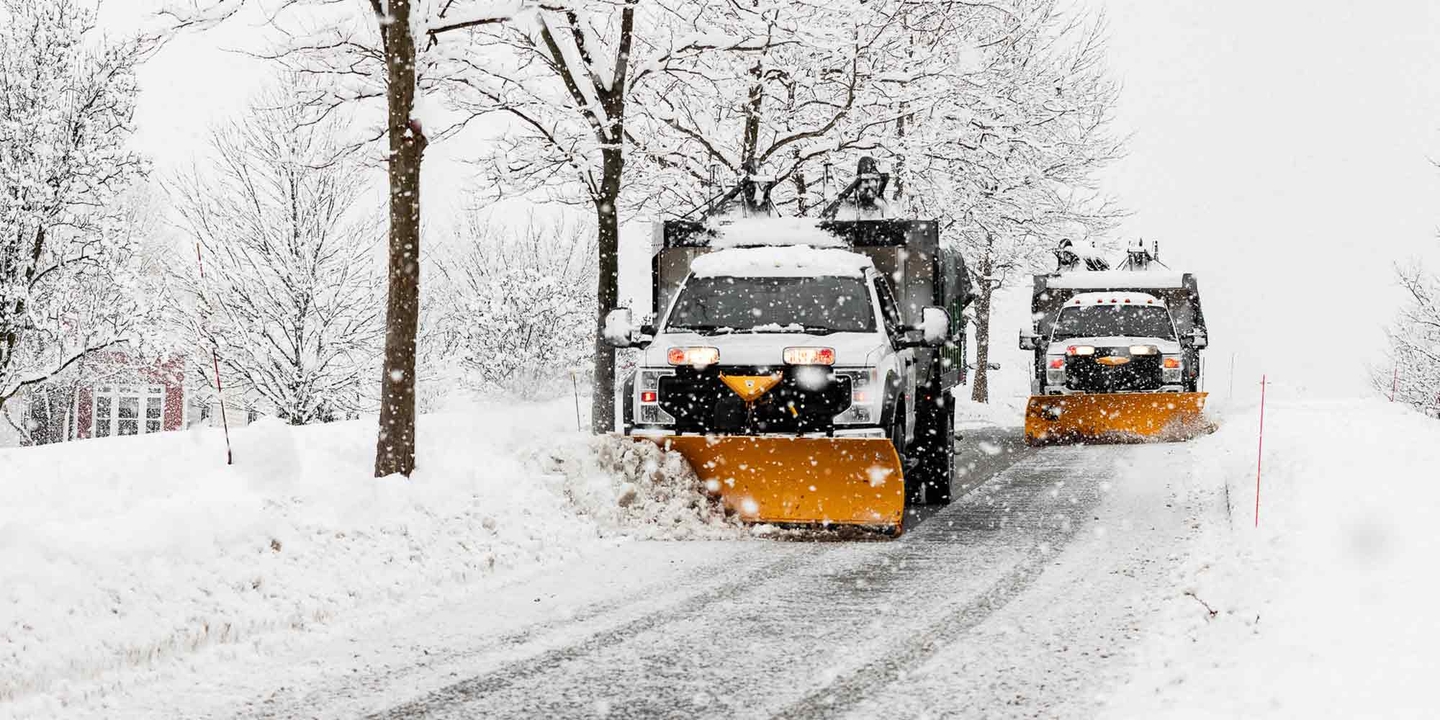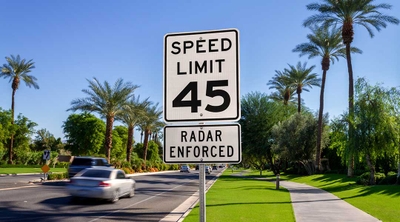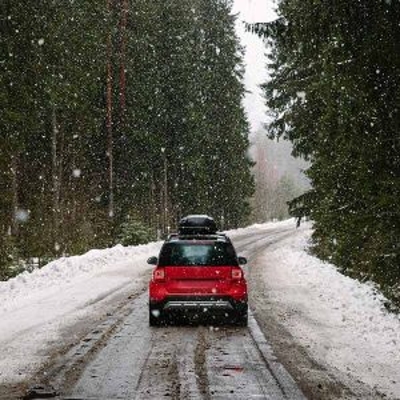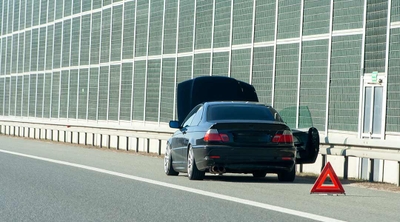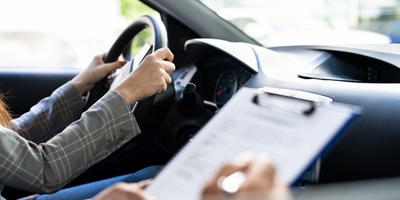Snowplow safety tips for drivers
2 min read
Snowplows make roads safer for everyone. Cars, SUVs, school buses, trucks, and pedestrians are better off once they've cleared the roads. The plows make the roads passable and reduce the risk of getting your car stuck in the snow. However, drivers need to keep safety top of mind when sharing the road with snowplows, which weigh four times more than the average car. A collision with one can be deadly.
When sharing the road with snowplows, drive defensively and cautiously. Snowplows operate in conditions with limited visibility, particularly if they're driving in the snow or while it's snowing. Snowplow drivers can also be driving long shifts in hair-raising conditions. They may be distracted, cold, tired, or all the above.
What precautions should you take when encountering a snowplow?
Snowplow drivers work under treacherous conditions to prepare the road for passenger and commercial vehicle drivers. Other drivers can help by giving them the space they need to work. Follow these snowplow safety tips:
Avoid passing a snowplow
Always avoid passing a snowplow, for your safety and the driver's. They may be moving slowly, but you're usually better off following a snowplow than driving in front of one, thanks to the clear roads they leave behind.
Even if you have four-wheel drive, let the snowplow do its job before you try to pass it. Some snowplows come equipped with specialized front and side plows. These side plows, called wing plows, jut out 10 to 12 feet on the side. If you pass a snowplow, you risk not clearing the wing plows, especially if visibility is limited.
Stay far behind a snowplow
Driving-Tests.org recommends you keep at least six car lengths behind a snowplow, and never pass them. Snowplows must go about 35 miles per hour to do a proper job. The slow speed may make you impatient, but you must keep a safe distance behind them. Snowplows may need to stop or swerve abruptly to avoid obstacles, including stranded cars. They aren't driving erratically, necessarily, and they need space to do their work safely.
Avoid parking on the street
You don't necessarily need to be driving to get into a dangerous situation with a snowplow. If you have parked your car on the street and you pause while clearing it off to get inside to warm up, passing snowplows could plow you back in. Except now, your car is running, and the snow could be blocking your tailpipe. Now, instead of being able to release exhaust fumes to the outside, the carbon monoxide backs up into the car. It can take a matter of minutes for the carbon monoxide to reach lethal levels, at which point you would pass out from the lack of oxygen.
Avoid this situation by clearing all the snow around your tailpipe before starting your car. If there's a lot of snow on the road, avoid situations where you might be sitting in a running car when a snowplow goes by. And if you get plowed in, stay calm and immediately turn off the engine. You may need to exit your vehicle from another door or call for help if the driver's side door is stuck.
Remember these snowplow safety tips and stay safe this winter. The snowplows are out on the roads to help you.
